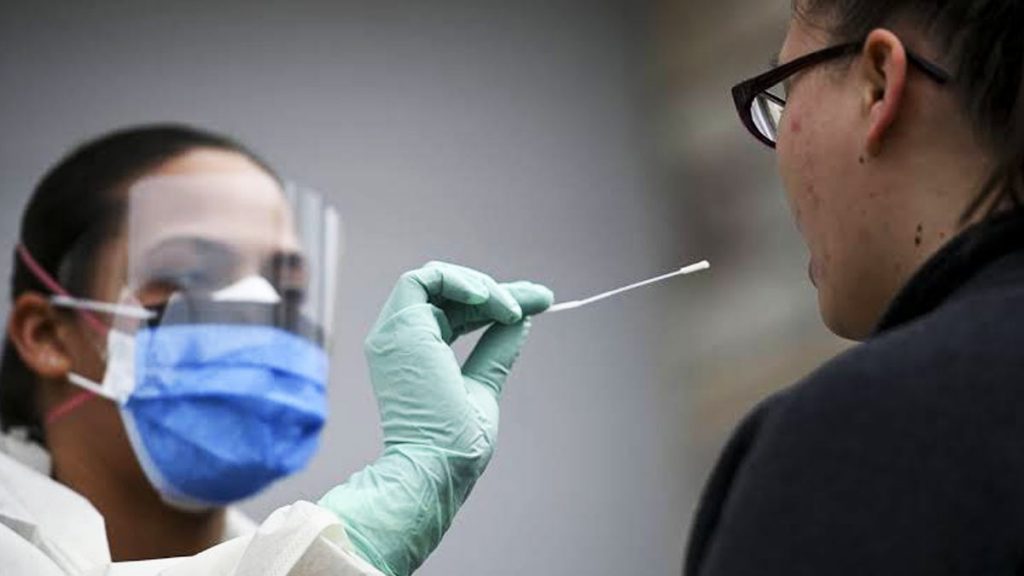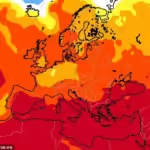A surge in COVID-19 infections during the summer months is unfolding earlier than previous years, according to recent federal data. This trend is particularly pronounced in several western states, where indicators such as wastewater analysis and nursing home cases are signaling an uptick in infections. Emergency room visits related to COVID-19 have also spiked in HHS Region 9, spanning from Arizona to Hawaii.

Historically, COVID-19 has shown seasonal surges following periods of low activity, although the timing has varied throughout warmer months. Last year, national case numbers began climbing in late July, peaking around August and September, coinciding with efforts to roll out new vaccines.
Emergence of LB.1 and KP.3 Variants
Simultaneously, health officials are monitoring the rise of two new variants, KP.3 and LB.1, across the country. These variants, descendants of the JN.1 strain from last winter, are gradually displacing previous dominant variants like KP.2. LB.1, in particular, is gaining traction and may soon surpass KP.3 in prevalence, according to CDC projections.
Dr. Peter Marks of the FDA acknowledged the swift emergence of these variants, prompting adjustments in vaccine strategies. While earlier discussions favored vaccines targeting JN.1, recent decisions have prioritized updating vaccines for KP.2, KP.3, and now LB.1, based on evolving data and variant prevalence.
Initial findings from Japanese scientists suggest LB.1 possesses mutations potentially enhancing its transmissibility, such as the S:S31del alteration absent in KP.3 and JN.1 variants.
As the CDC continues to monitor the spread of KP.3 and LB.1, questions remain regarding their severity compared to earlier strains. Updates on variant characteristics and vaccine efficacy are expected as more data becomes available.








